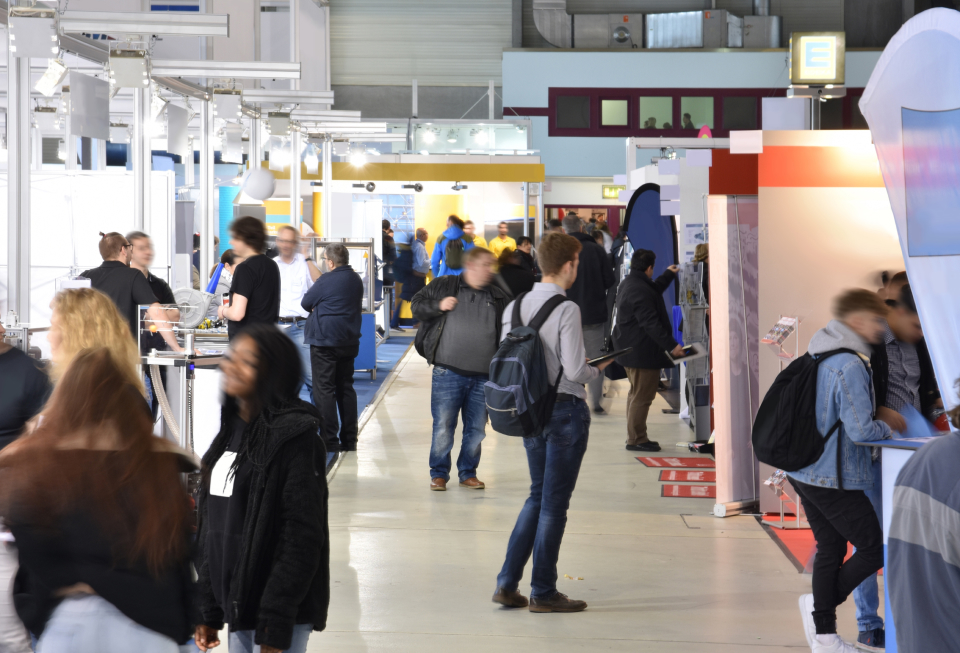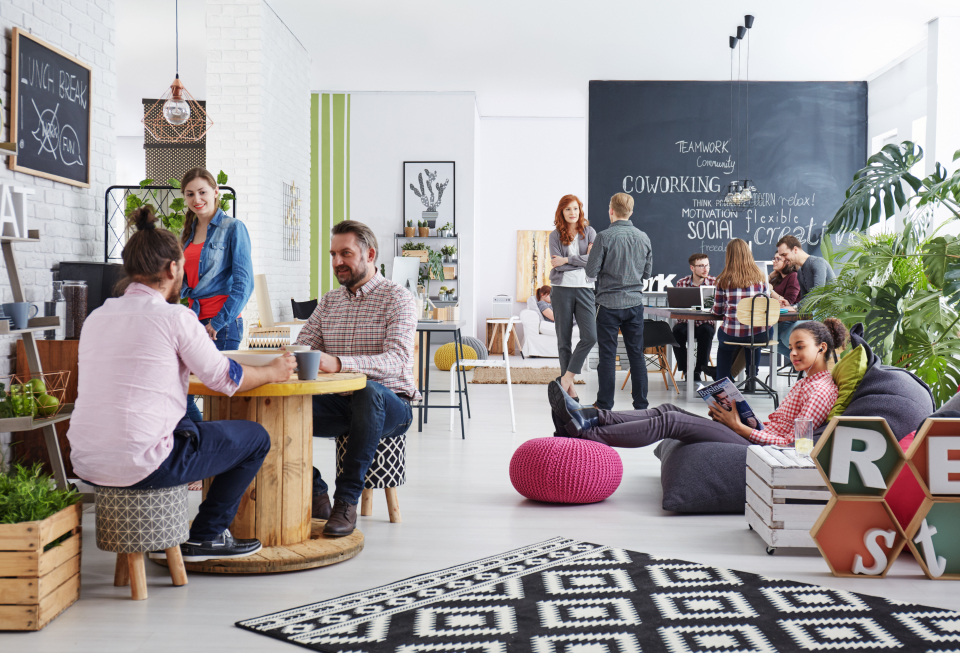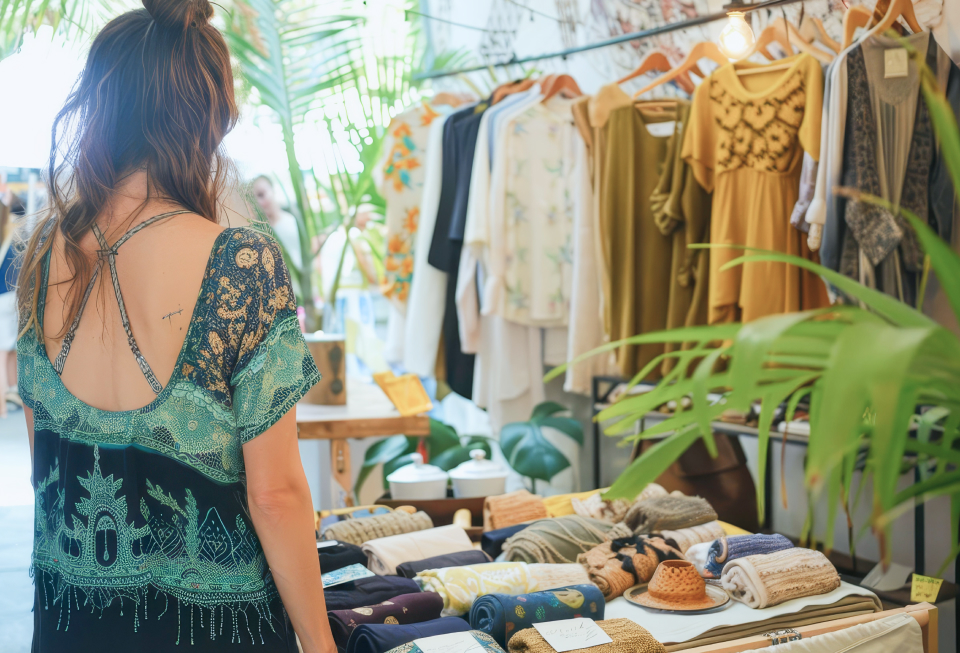While shopping malls have faced challenges over the last five years, with lower visitor numbers, vacant units, and the disappearance of high-profile retailers, they’re not down for the count. There’s still potential for them to thrive in new ways.
Experts predict a staggering 40% of retail space needs a new purpose within five years. The solution? Repurposing retail space into vibrant, mixed-use destinations.
This article explores five alternative uses for retail spaces and how data can fuel success.
What is retail repurposing?
Successfully repurposing retail space is the exciting art of transforming empty units into something entirely new. These projects, when done right, cater to what people want, giving them fresh reasons to visit the shopping mall.
The benefits extend far beyond just profit. By diversifying beyond pure retail, shopping malls can become vibrant hubs again, contributing not just financially, but also to the social fabric of the community.
Why is it needed?
Too much empty space
The retail landscape is grappling with an overabundance of space. Research suggests the UK alone may have 40% more retail space than needed. This stems from a development boom, where physical stores were aggressively expanded to capture market share. The result? A surplus of shopping malls lacking local character and failing to resonate with communities.
A perfect storm of challenges
Recent events have exacerbated the issue. COVID-19, Brexit and the war in Ukraine have all contributed to store closures. The rising cost of living, supply chain disruptions and the ongoing shift to online shopping have further squeezed traditional retail.
The demise of large department stores has been particularly impactful, leaving vast vacant spaces that are difficult to refill with traditional retail tenants. The collapse of Debenhams alone created a staggering 14 million square feet of empty space – roughly the size of 177 football pitches!
Consumers crave more than products
Consumer priorities are evolving. Today, experiences and creating memories hold greater value than simply acquiring products. This fundamental shift demands a new approach for malls. They can no longer function solely as transactional spaces.
To stay relevant, shopping malls must adapt to meet these changing needs. Embracing repurposing is key. By creating vibrant, engaging experiences beyond just shopping, they can attract visitors, encourage them to linger, and maintain a competitive edge. This strategic evolution can ensure shopping malls remain relevant and continue to be a destination for consumers.
Five alternative uses for retail spaces
While a one-size-fits-all approach doesn’t exist, there are numerous creative ways to maximise the value of empty retail spaces. The key lies in understanding your community’s needs, existing offerings, and available budget. Even a simple refit of a few units can reignite your shopping mall.
Let’s explore five exciting possibilities:
1. Event spaces
Shopping malls often boast excellent transportation links, parking, and amenities like restrooms and food courts. This makes them ideal event venues, offering cost-effective solutions for event planners. Hosting local activities like art shows, community meetings, and workshops fosters a sense of community and attracts new visitors, boosting foot traffic and revenue.

2. Fun and games
Liven things up with exciting activities like rock climbing, axe throwing, escape rooms, mini golf, or a soft play area. This approach is perfect for large, hard-to-fill spaces like abandoned department stores. Research shows that despite economic anxieties, spending on hospitality and leisure grew in 2023. Capitalising on this trend creates new revenue streams and encourages extended visits.

3. The rise of coworking
The central location and convenience of shopping malls make them suitable for a variety of uses, including coworking spaces. With the remote work revolution and a booming freelance economy, the demand for flexible workspaces is on the rise. Converting empty units into coworking spaces generates income and attracts a new clientele who might frequent on-site restaurants, shops, or bars after work.

4. Pop-up paradise
Embrace the temporary with pop-up shops. This empowers small, independent businesses to gain valuable exposure without a long-term commitment. Additionally, pop-up shops cater to seasonal retailers like Halloween costume or Christmas shops, creating a dynamic and ever-changing experience for customers.

5. Fostering community
Empty storefronts can be springboards for a new vision: community-centric spaces. Imagine vibrant green areas and inviting nooks where locals can gather, relax, and connect – without the pressure to spend.
This approach does double duty. By addressing local needs, you’ll naturally attract visitors, leading to increased footfall and potential economic benefits for the entire mall. More importantly, you’ll forge genuine connections with the community, fostering a sense of belonging and contributing to their overall wellbeing. Shopping malls can become so much more than just places to shop – they can become vibrant hubs that weave themselves into the very fabric of the community.

How Retail Report can help deliver success
Our retail analytics software empowers you with in-depth insights into your shopping mall’s performance. Gain a clear view of what’s working and what needs improvement with accurate footfall and sales data at your fingertips.

Retail Report: Your data advantage
- Effortless data collection
Automate your sales data collection, saving valuable time and improving submission rates by up to 43%. - Actionable insights
Group your tenants by category to discover the top-performing retail types and optimise your tenant mix. - Footfall visualisation
Utilise built-in heatmaps to pinpoint areas driving the most traffic within your mall, allowing for strategic planning of promotions and events. - Proactive problem solving
Identify potential issues earlier with Retail Report, enabling proactive measures to address challenges before they escalate.
Data-driven decisions
Leveraging data is the cornerstone of effective decision-making. Retail Report removes human bias from the equation, leading to faster and more informed strategies. This translates to a significant performance boost for your property.
A time for transformation
The retail industry faces undeniable challenges, demanding a focus on adaptability. Repurposing retail space to offer experiential and value-driven offerings is a widely recognised solution for revitalising shopping malls.
Ready to thrive? Schedule a free demo today and discover how Retail Report can help you stay ahead of the curve in the ever-evolving retail landscape.

